In omnichannel retail, you must be able to connect multiple sales channels and ensure that orders are fulfilled and customers kept happy. It’s not easy, because the more channels you have, the harder it becomes to manage your inventory and supply chain.
Using the right software to handle inventory and fulfilment is critical (Brightpearl can definitely help you with that). You also need a strategy—so we’re going to give you our top tips on navigating the challenges and optimizing your omnichannel inventory management.
What is Omnichannel Inventory Management?
Omnichannel inventory management is the process of managing all your inventory across all the channels you’re selling on—including online shops, brick and mortar stores, social media channels, and even pop-up stores.
The success of this process depends upon real-time inventory visibility. You need to know exactly what stock you have in every warehouse and store. You need to know when a sale is made on one channel, so you can update availability on the others. And you need to know the status of any returned items.
It’s vital to have an omnichannel inventory management strategy to keep track of the entire supply chain, including warehouse management and order management. This will help you avoid problems like overselling, excess stock, and delayed orders.
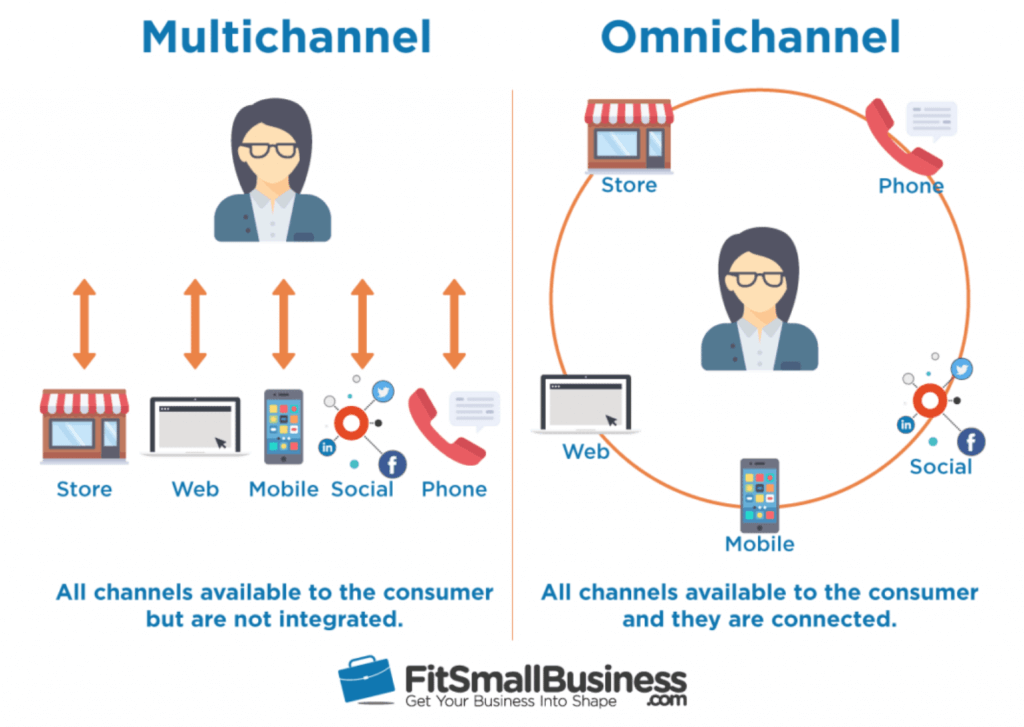
Omnichannel vs. Multichannel
The two may sound similar, but they’re far from being the same thing. With multi-channel retail, you may offer a wide variety of channels, but they are not integrated. For an omnichannel experience, you have to connect your channels so that shoppers can move seamlessly between them.
In multichannel, it’s harder to manage your inventory because each channel is treated as a separate entity. This siloed approach puts the focus on individual touchpoints rather than the overall customer journey, and can lead to inconsistencies in the supply chain.
Omnichannel is about providing a joined-up customer experience, no matter which channel the customer visits or which device they prefer to use for browsing and buying. It’s crucial to manage your inventory as a whole, so that you always have insights into stock availability and order status across channels.
How to Optimize Omnichannel Inventory Management
Now we’ll show you how to optimize your omnichannel inventory management, so you can meet increased demand, purchase the right amount of stock, and ensure that customer orders are fulfilled accurately every time.
Supply Chain Integration
If there’s one thing that’s vital to an omnichannel approach, it’s connectivity. The best way to achieve that is to integrate all the different parts of your supply chain—from the suppliers who bring goods to your fulfillment center to the staff who process returned items, and everyone in between.
79 percent of organizations with superior supply chain capabilities achieve revenue growth that is significantly above average. However, more channels typically mean more complex supply chains, especially when you’re giving customers a range of options like buy online, pick up in store (BOPIS), curbside pickup, and ship-from-store delivery.
That’s where omnichannel inventory management software comes in, making it easier to join up your supply chain and ensure it runs smoothly. Ideally, the software should integrate with your accounting and CRM systems, as well as shipping and logistics partners.
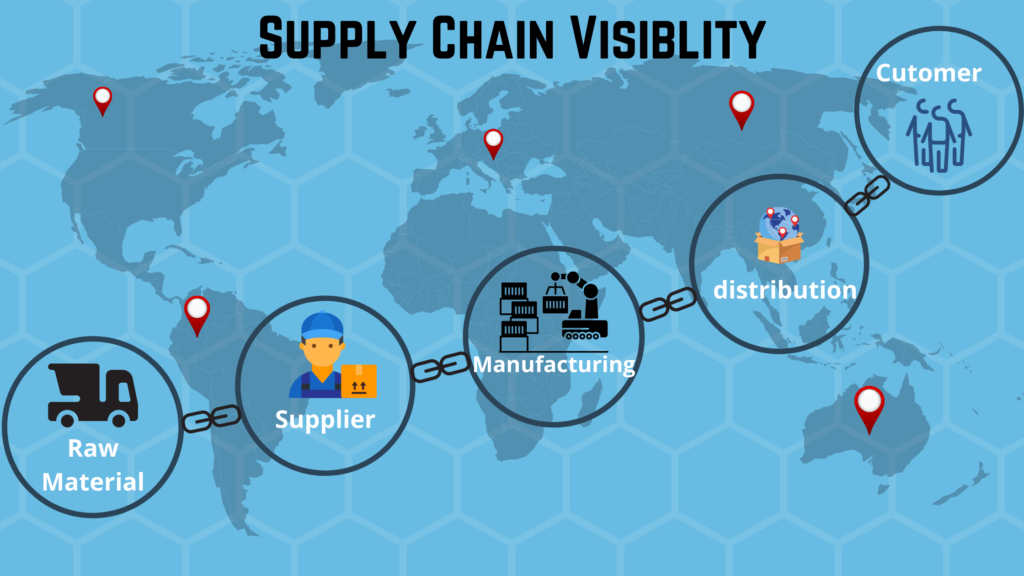
Source: eelinktech.com
Visibility
A centralized inventory management system is also key to maintaining full visibility of your omnichannel stock, whether it’s in your own warehouse, on a shelf in a physical storefront, or in transit. Without in-depth visibility, your omnichannel strategy will soon fall apart.
You need to gather and collate your inventory data in one easily-accessible place, and sync it with real-time data from each of your stores or marketplaces. Obviously, this can’t be done with a simple spreadsheet—but automated tools such as barcode scanners make it easy to log and locate SKUs for picking or cycle counts.
As well as reducing the risks of understocking or overstocking, good visibility helps you with demand forecasting. When you can see at a glance what’s in stock and what’s selling well, you can order the right quantities in future.
Return Policies
Returns can be a bit of a minefield for retailers, especially in the omnichannel model. You have to offer a fair policy to your customers without harming your bottom line—and you have to be able to manage the returns process smoothly.
With online shopping in particular, returns are now a fact of life. And not just because the goods were faulty or delayed—41% of customers admit to buying the same item in different sizes or colourways, fully intending to return some or all of them.
While some retailers offset the cost by making customers pay the return fee, others shoulder the cost themselves in order to offer a favorable return policy. The main thing is to make your policy completely clear, to avoid misunderstandings.
Stock Inventory Across Locations
As you add more sales channels to your business, you may take on more suppliers and more warehouses or distribution centers—and you might open extra brick and mortar stores, too. Unsurprisingly, this will make things more complicated than having one supplier delivering to one warehouse.
Again, the best method is to use a retail operations platform like Brightpearl, which enables you to keep track of inventory as it moves from place to place. Advanced tracking makes it simpler to transfer stock between locations when necessary.

Customer Satisfaction Contingency Plan
As we’ve said already, omnichannel retail is all about keeping the customers on side. But even after you implement optimization of your processes, things will occasionally go wrong. And it’s important to have a contingency plan in place for when that happens.
For example, what will you do if there’s a problem with an order? Will you waive the shipping fees, send the customer a free gift, or offer them a future discount? You need to put a policy in place so that each customer is treated equally. Think also about how you’ll handle negative reviews.
In most cases, customers will accept the fact that problems do happen—as long as you keep them informed. If there’s a delay on their order, let them know as soon as possible. Clear communication will help avoid confusion, so make sure your shipping and returns policies are easy to find and include FAQs and contact details.
Challenges in Omnichannel Inventory Management
The biggest challenges in omnichannel inventory management involve maintaining visibility and connecting the supply chain, and ensuring you have a good sense of customer demand.
Supply Chains
It’s not too much of an exaggeration to say that the strength of your supply chain can make or break your retail business. In omnichannel fulfillment, the logistics are more complex—and if you have a segmented supply chain, where you’re fulfilling orders from multiple vendors or locations, there’s even more potential for a breakdown.
In a siloed supply chain, the order and inventory data for each channel are kept separate, which won’t do you any favors with omnichannel inventory management. Gaps in the chain will lead to problems with the order fulfillment process, such as duplicated purchase orders, items being incorrectly listed as “in stock”, and delivery delays.
Some difficulties may be beyond your control, such as global supply problems due to the pandemic, but keeping a close eye on your own supply chain is the key to a smooth operation. Using a unified inventory management system that covers inventory visibility and fulfillment automation makes that task much simpler.
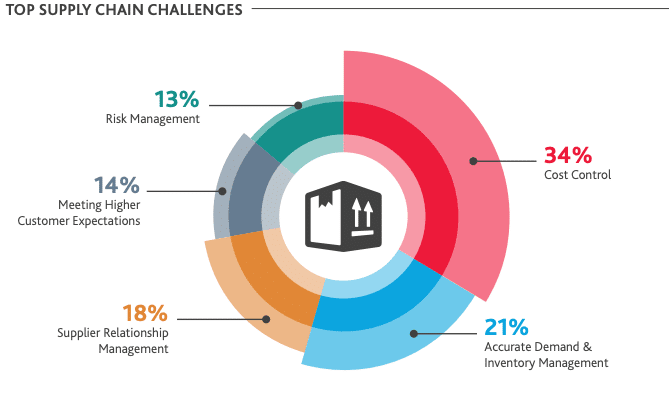
Source: roboticsbusinessreview.com
Accuracy and Tracking
As you increase your number of sales channels, you also increase the risk of incorrect data. It becomes harder to track your inventory, but a lack of visibility means you can’t carry out accurate reporting or keep customers informed about stock levels.
Inaccurate replenishment means you won’t have enough to meet new orders. If you fail to notice a downward trend for a certain item, you’ll end up with dead stock. And without the ability to track orders from purchase to delivery, you won’t be able to keep customers up to date.
Lack of accuracy can also cost you money. Excess stock means you’ll end up paying for warehouse space (and insurance) you don’t really need—and it’s harder to spot when goods are missing or damaged. Plus, you’ll have to reimburse customers or waive return fees when orders go wrong.
If you’re still using manual-entry spreadsheets or trying to do cycle counts by hand, you’re even less likely to get things right. Remember that overselling can get you suspended from marketplaces like Amazon and eBay!
Demand Planning
“Failing to plan is planning to fail.” We’ve all heard that saying, and nowhere is it truer than in omnichannel retail. Sure, you need complete visibility into what’s happening right now—but if you don’t plan ahead, you may not be able to meet future consumer demand.
Incorrect demand forecasts will leave you unprepared for fluctuations in traffic, so you could experience obsolete stock or stockouts. It’s crucial that you collect and analyze data for all sales channels, to see which items are going like hot cakes and which are sitting on the shelves.
If you don’t have a plan in place, you won’t know how much storage space is needed and how much it will cost. With a complex supply chain, suppliers need to know your plans as early as possible—they can’t be expected to jump on your request at the last minute. And without advance planning, you’ll probably incur higher shipping costs.
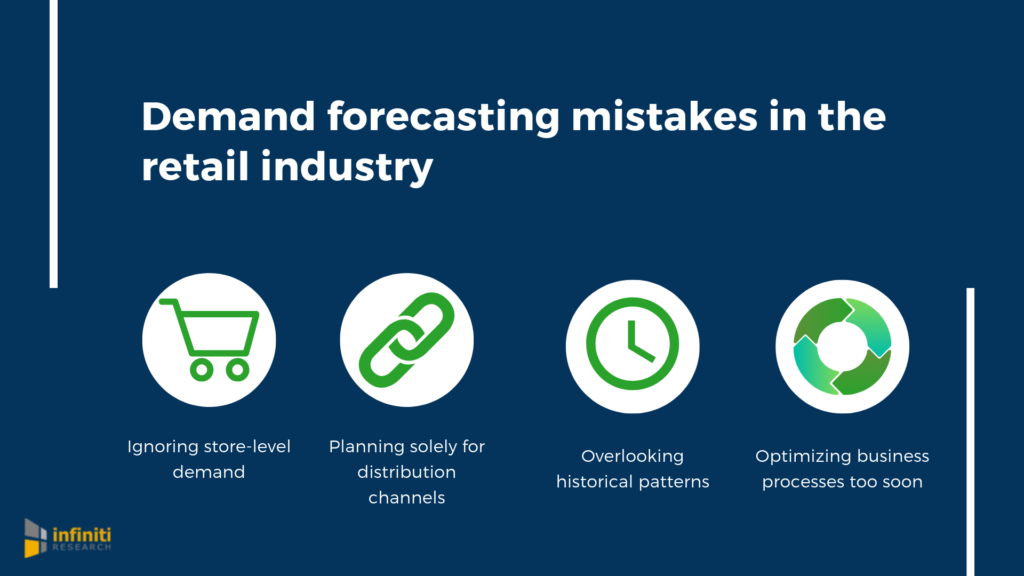
Source: infinitiresearch.com
Systems and Tech
Manual inventory management is error-prone and labor-intensive, and it doesn’t give you access to real-time data. Some businesses, especially smaller firms and start-ups, are still reliant on traditional methods—but if you use spreadsheets for omnichannel retail, you’re going to run into problems.
Many retailers are turning to software solutions instead, but implementation such as digital transformation and data migration can be costly and complex. If you don’t pick the right technology and pair it with robust in-house processes, you could still be at risk of inaccurate tracking and forecasting.
It’s important to find a solution that seamlessly synchronizes inventory and sales data across all channels, and integrates with your other business systems for a unified approach. Inventory management software with automation will help you track orders, generate shipping labels, and ensure that inventory levels are adjusted whenever you make a sale.
Strategies in Omnichannel Inventory Management
Yes, there are many challenges involved in omnichannel inventory management, but there are also plenty of strategies and tips you can follow to make it work for you.
Cross-Organizational Integration
To make omnichannel retail a success, you have to understand the importance of unifying all your channels, processes, and operations. Inventory management is just one aspect of this, alongside order management, warehouse management, accounting, and partnerships with shipping and logistics firms.
As well as ensuring your sales channels are connected for a smooth customer journey, your inventory management process should be fully integrated with your other systems. That includes using automated tools like barcode scanners to track your stock, and auto-generating purchase orders and invoices in sync with your accounting software.
It also covers marketing, CRM systems, and contact centre software, so that agents and in-store employees find it easier to assist customers. They could check stock levels before suggesting alternative products, and tailor suggestions to the customer’s personal needs based on their previous interactions.
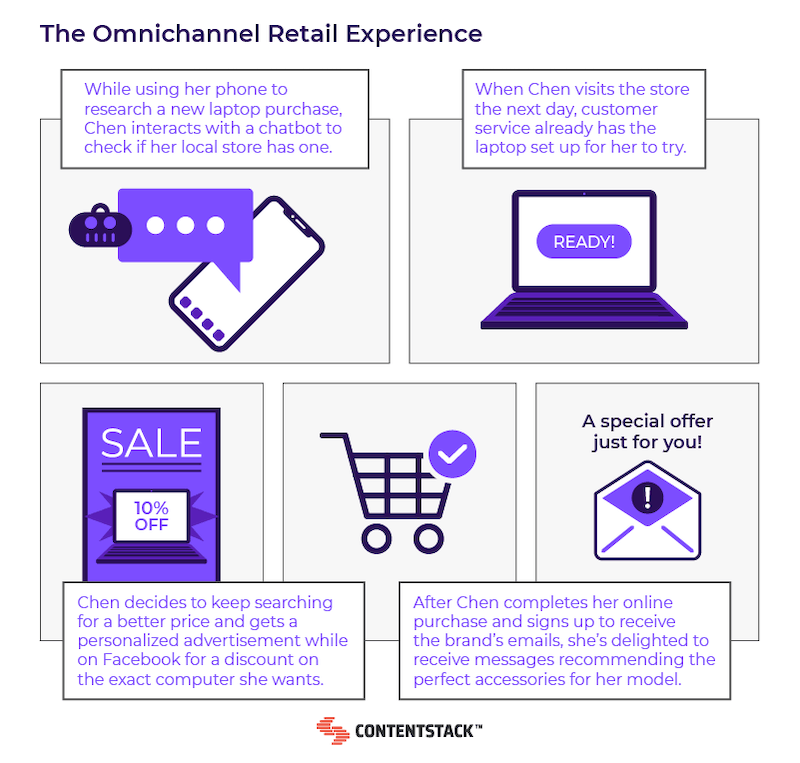
Source: contentstack.com
Data Visibility
An integrated inventory management system also centralizes your data to make it easier for everyone to view and analyze. (Smart solutions like Brightpearl turn the metrics into charts and reports so you can spot trends and issues at a glance).
Deeper insights into the data enable you to make smarter business decisions. You can order just the right amount of inventory for each channel, replenish stock at the optimum time, and decide which locations are best for fulfilling each order.
With automation, stock levels and sales figures are updated in real-time whenever an order is placed or shipped—so you can ensure the correct item quantity is always listed. You can also track the status of an order throughout its journey, and communicate accurate delivery times to customers.
Smart Stock Management
One of the benefits of omnichannel retail is that you can raise brand awareness and sell your products to a wider audience. However, extra stock and new customers means you may need more warehouses or distribution centres in different locations, and optimized processes to handle the increased demand.
You might consider carrying safety stock, which is extra inventory that acts as a buffer against shortages. It ensures your business can always fulfill orders, but you’ll have to budget for the additional costs of warehousing and insurance.
Your software solution should include warehouse management capabilities so that you can optimize everything from receiving to packing, and reduce shrinkage. It’s also important to have a flexible system in which you can easily re-attribute inventory to different locations, for example if a particular store is experiencing high demand.
Customer Experience and Satisfaction
Omnichannel retail is designed to offer customers maximum convenience, so it stands to reason that omnichannel inventory management should be just as customer-focused as other aspects of your business. When you optimize processes and systems, do it with the goal of improving customer satisfaction.

Source: global.hitachi-solutions.com
For many customers, shopping is as much about the purchase experience as the goods themselves, and it can be the principal differentiator that makes someone choose to shop with your brand. Customer expectations include consistency across channels, multiple options for fulfillment and returns, and accurate tracking information.
You need to offer excellent support on all channels, so implement employee training and use a CRM to keep detailed customer profiles and log interactions. Transparency is also essential—for instance, 76% of shoppers value the ability to check stock levels in-store before visiting.
Robust Return Policies
Reverse logistics, which is the process of managing returns and refunds, is an important part of omnichannel inventory management—especially in e-commerce, where return rates are always higher. Between 15 and 40% of online orders are returned, compared with 5–10% percent of in-store purchases.
An appealing returns policy will help you win customers. You’re giving them time to make decisions on whether to keep their items, in the knowledge that they can send them back with minimum hassle. And making the returns process as straightforward as possible is not only beneficial for customers—it also helps retailers stay organised.
Returned items are still part of your overall inventory, and have to be managed effectively. You need a system for checking them, disposing of damaged or faulty items, and getting those that are in good condition back into the warehouse or store for resale. Software with robust returns management capabilities (like Brightpearl) is essential.
Tips for Great Omnichannel Inventory Management
We’ve covered some of the main challenges and strategies, such as visibility, accuracy, supply chain management, and communication with customers. Let’s also just re-state the importance of technology—it’s estimated that AI adoption can save retailers $340 billion annually due to a more efficient supply chain
Connectivity
The omnichannel business model involves a lot of moving parts, and it’s only going to work when you embrace connectivity. From integrating the supply chain to sharing information with shipping and logistics partners, you have to join all the segments together to avoid silos.
With an advanced inventory management system, you can make sure your online and physical stores are connected in real-time, as well as syncing order fulfillment across channels. For example, Brightpearl integrates with your Shopify store to enable shared data and complete accuracy.
It’s worth remembering that consumers who are more connected are also more demanding—the more channels they interact with, the more they will want to be kept informed about stock availability, order status, and promotions. Consistency is vital if you’re going to maintain those connections and build strong relationships.
Regularly Updated Omnichannel Inventory
As well as maintaining overall visibility of your inventory, it’s vital that you receive real-time updates every time something changes—whether that’s a delivery, a sale, a return, or transfer of stock between locations. These updates should be synced with other systems in your tech stack, and accessible by everyone who needs them.
Brightpearl’s fully-integrated POS (point of sale) system can sync your brick and mortar stores with your online platforms, so you get a live view of availability (and you can also access customer purchase history, process returns, and email receipts).
Accurate Reporting
Improved visibility enables you to produce accurate reports into stock levels and performance. This helps you to set budgets, prove ROI, and determine whether you have the right amount of warehouse space. Inventory management software usually does the hard work for you by automatically generating reports.
Accurate reporting is also essential for demand planning, as it shows you which product lines are top-sellers and which you need to jettison. Get this wrong, and you could end up with costly excess stock or a disastrous stockout.
Tracking of Orders
Omnichannel retail requires you to fulfill orders from multiple channels, and you need super-accurate tracking to ensure they all end up in the right place at the right time. It gets even trickier if you are handling partial fulfillment, dropshipping, or split orders from various locations and vendors.
That’s why you need a great order management system, integrated with the rest of your retail operations. When you’re able to track the orders every step of the way, you can also pass on the details to keep customers informed.
Supply Chain Integration
In an ideal world, the whole supply chain would run like a well-oiled machine. It’s not possible to prevent the occasional hitch, but maintaining a 360-degree view of your operations should enable you to spot potential problems almost before they begin.
A centralized system lets you manage all the links in the chain in one place, and share data with suppliers, shipping carriers, and logistics partners. Brightpearl even gives you a dedicated supplier management portal with the latest information on orders and payments.
Return and Exchange Policies
Customers expect a favorable policy for returns and exchanges, and it makes a big difference to the way they feel about your company: 72% of consumers say they would spend more and purchase more frequently with retailers that make the return experience easy.
It’s good to offer a number of options for returns and exchanges, including BORIS (buy online, return in store). This is often easier for the customer, and they might even make an additional purchase while they’re in the store. In-store returns help you save on labor costs, as you can sell the returned items again in-store, instead of sending them back to the warehouse.
Whichever method you encourage, you’ll need a streamlined returns management system for processing them efficiently. The main thing is to make sure your policies are fair and transparent, and provide details on all your sales channels.
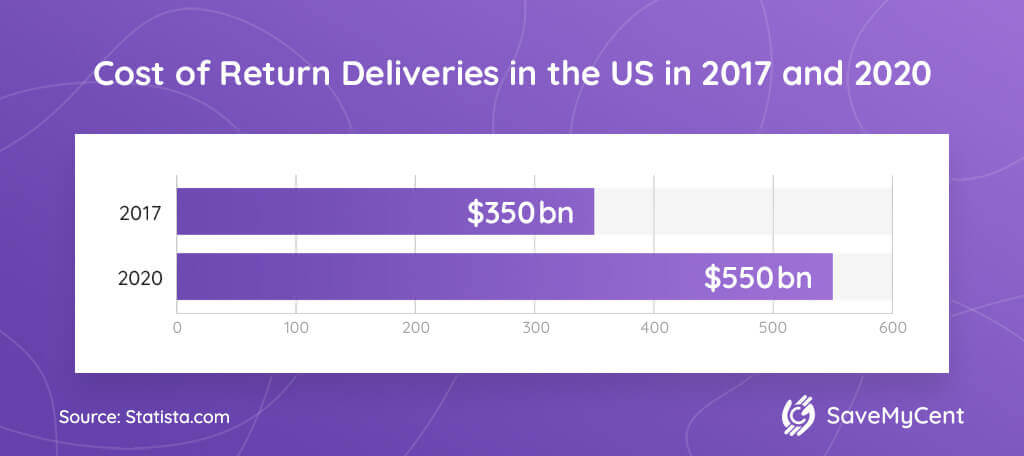
Source: savemycent.com
Stock Management
Omnichannel inventory management requires the ability to check stock levels at any given moment, no matter the location or status. You need streamlined workflows to cover receiving, putaway, transfers, picking, packing, shipping, and returns—ensuring that all stock is stored safely and always accounted for.
Brightpearl’s Automation Engine makes this easy, with barcode scanners and automatic transfers. You can set up rules to allocate orders to different warehouses based on custom criteria, carry out product performance analysis, and generate a replenishment report.
Final Thoughts
Omnichannel inventory management isn’t a simple task, but it is absolutely essential for any retailer who wants to deliver a seamless customer experience across channels. Your customers will love your brand if you provide a wide range of fulfillment options, a fair returns policy, and always deliver their orders when you say you will.
As well as the benefits of customer loyalty, accurate inventory management will help your business plan for future demand—and reduce the risks and costs associated with holding too much or too little stock.
In 2020, 46% of retail executives said they planned to increase their investment in omnichannel retail. If you’re one of them, make sure that investment includes the right software! Brightpearl gives you real-time visibility for stock levels and order tracking, and syncs data from all your online and offline channels.
The Automation Engine boosts productivity and takes the hassle out of fulfillment, shipping and returns. With its built-in POS, CRM, and business intelligence, Brightpearl is scalable and flexible enough to support your omnichannel business as it grows.
